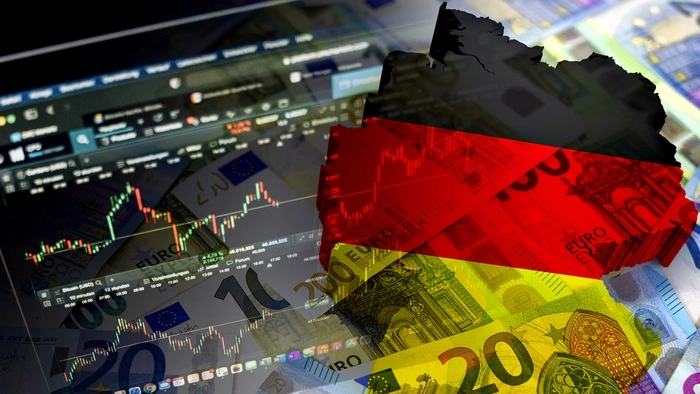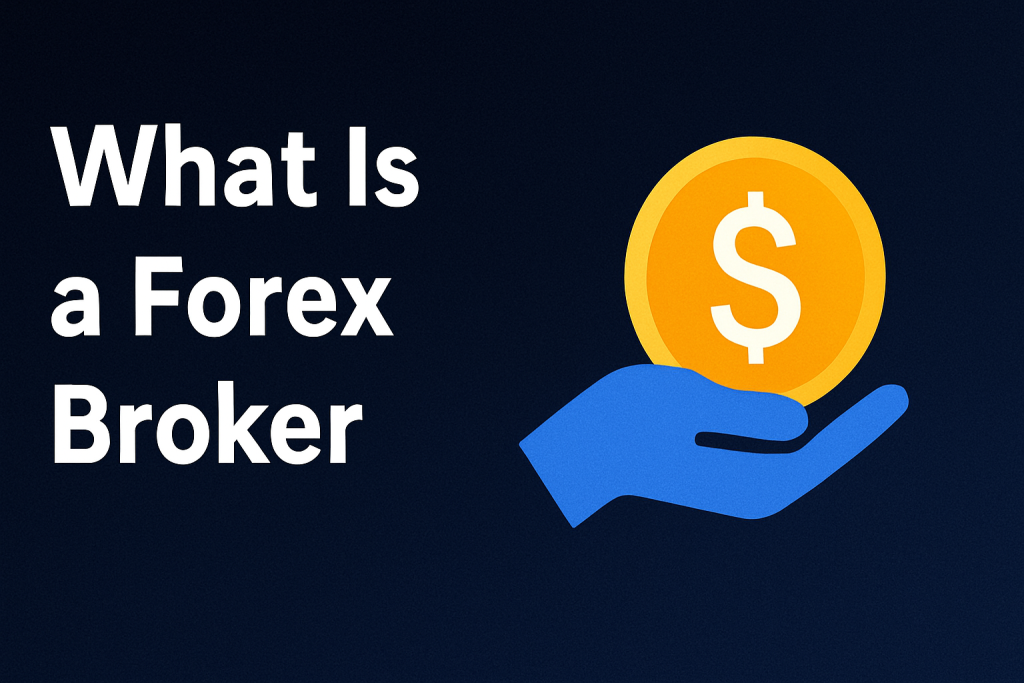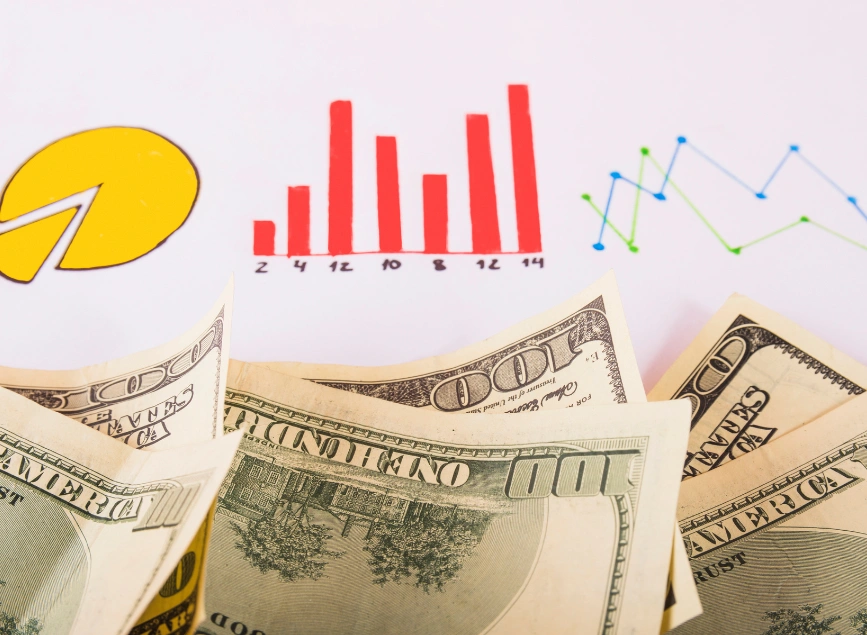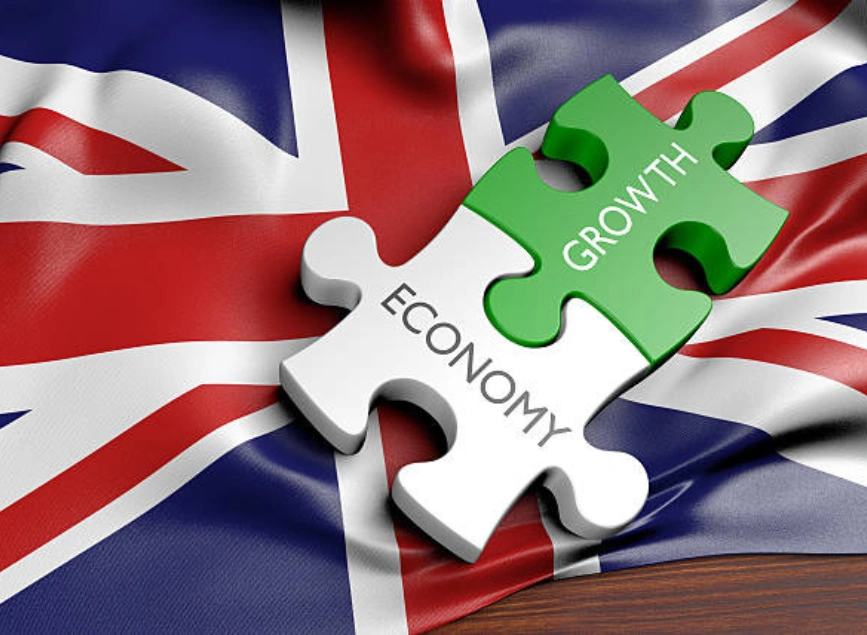
Germany’s Inflation Falls to 2.2%: ECB Outlook & Market Impact
Germany’s inflation rate fell to 2.2% year-on-year in March, down from 2.3% in February, according to a preliminary estimate released on Monday. This decline offers further relief to the European Central Bank (ECB) as it considers its next monetary policy moves. ING also reported that core inflation dropped from 2.6% to 2.5%, while the broader eurozone inflation index fell from 2.8% in February to 2.3%.
Key Factors Driving Germany’s Inflation Decline
Falling Prices in Key Sectors
Regional data suggests that lower prices for alcohol, transportation, heating oil, and gasoline played a crucial role in driving overall inflation down. These declines helped offset price increases in other areas of the economy.
Rising Costs in Select Sectors
On the other hand, price increases in clothing and recreational activities exerted upward pressure on inflation, partially counterbalancing the declines seen elsewhere.
The Role of Energy Prices
ING analysts noted that energy prices remain a key driver of inflation volatility. The recent rise in energy costs, following months of fluctuations, suggests that inflation trends will continue to be heavily influenced by geopolitical developments.
Read More: Germany’s ZEW Economic Sentiment Index Soars
Potential Challenges: Trade Tensions and Tariffs
Short-Term Inflationary Pressures
Trade tensions are emerging as a significant risk to inflation stability. ING has warned that escalating trade disputes and Europe’s response to U.S. tariffs could create short-term inflationary pressures.
Long-Term Deflationary Risks
Paradoxically, a prolonged trade war could lead to deflationary pressures in Germany and the eurozone. If economic growth weakens, businesses may be forced to sell excess inventory at lower prices, driving inflation down further. European goods initially produced for the U.S. market may flood domestic markets at significantly reduced prices (dumping), further exacerbating deflationary risks.
Germany’s Domestic Economic Trends
Easing Wage Pressures
A cooling labor market could alleviate wage pressures, reducing inflation in the long run. Lower wage growth translates to weaker consumer demand and a slower rise in prices.
Rising Service Costs
Despite easing wage pressures, the lagging impact of higher service costs continues to be felt. Service sector inflation remains a factor, suggesting a complex inflation outlook for the coming months.
ECB’s Monetary Policy: What’s Next?
Key Developments Since the March ECB Meeting
Since the last ECB meeting, several important economic and geopolitical events have unfolded:
- Germany’s fiscal policy is shifting from planning to implementation.
- The EU has intensified its push for higher defense spending.
- U.S. tariffs on European automobiles have taken effect, with broader trade restrictions potentially on the horizon within the next few days.
Implications for ECB Policy
Leading economic indicators suggest that the ECB’s 0.2% GDP growth forecast for Q1 may have been overly optimistic. With inflation continuing to decline, policymakers may need to reconsider their stance on interest rates.
Read More: Germany’s Manufacturing PMI Shows Minor Improvement
Market Analysis: What This Means for Investors
Stock Markets
- Lower inflation is generally positive for equities, as it reduces the likelihood of aggressive rate hikes by the ECB.
- However, concerns over trade tensions and potential tariffs could weigh on sentiment in key sectors, particularly manufacturing and exports.
Currency Markets
- The euro may face downward pressure if expectations grow for rate cuts by the ECB.
- A weaker euro could provide a boost to European exports, but ongoing trade tensions could dampen any potential gains.
Bond Markets
- Declining inflation strengthens the case for lower bond yields.
- If the ECB signals a shift toward rate cuts, government bonds may see increased demand.
Conclusion: A Complex Road Ahead for ECB and Investors
Germany’s declining inflation provides some breathing room for the ECB, but trade tensions and broader economic uncertainty remain major risks. While a rate cut could be on the table, policymakers will need to carefully balance inflation trends, geopolitical risks, and economic growth prospects. Investors should closely monitor developments in ECB policy, trade negotiations, and economic indicators to navigate potential market volatility effectively.
Share
Hot topics

What Is a Forex Broker and What Do They Do?
If you’ve ever browsed through financial websites or listened to others discuss currency trading, you’ve probably encountered the term forex broker, which may sound a bit technical, but the truth...
Read more




Submit comment
Your email address will not be published. Required fields are marked *